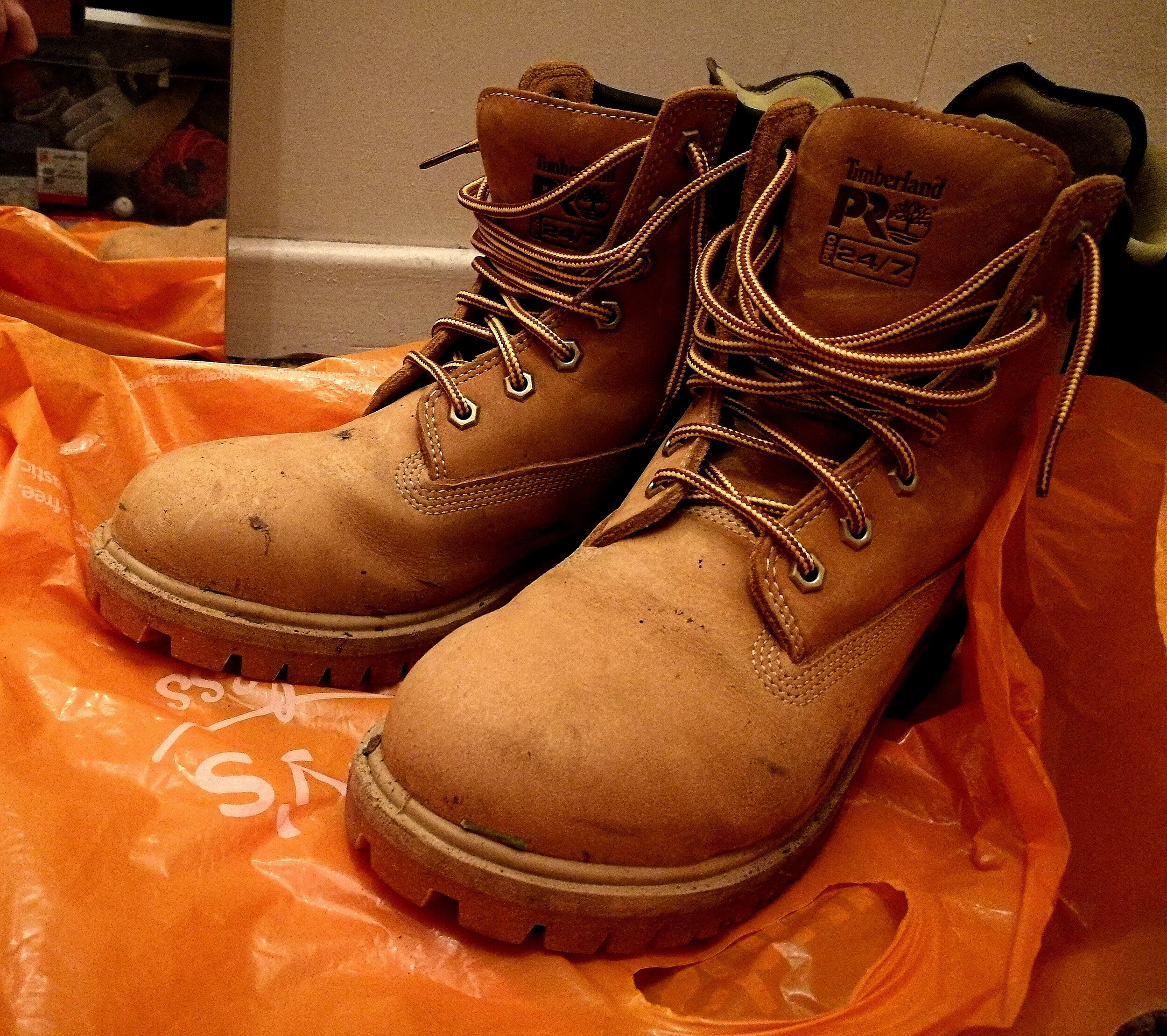Personal Protective Equipment
Injury in an outdoor education setting presents its own set of complications: the location may make it difficult for help to reach you quickly. Environmental factors such as heat, cold and wet can exacerbate the condition of the injured person as well as those who are waiting with them. You have to continue to manage the needs of the group you are with as well as those of the injured person and yourself. There are important factors in managing these risks, allowing you to go into the woods better prepared. A minimum requirement for outdoor educators is a 16 hour outdoors first aid certification (Remote Emergency Care 2). When leading children, have a minimum of at least one other responsible adult in your party, preferably first-aid trained and familiar with your risk assessments and procedures with a clear outline of their responsibilities should the injured person be yourself. Be familiar with the territory you are working in, the expected weather conditions, and the quickest way to access help. Make sure you leave a plan of your session, including when you can be expected to return, with someone who knows they are to seek you out or call for help if you don’t return. A well-stocked first aid kit containing supplies for the kind of injuries you might expect to be dealing with is essential, as is safety gear specific for fire, such as a fire blanket and a source of clean, plentiful water (see Fire section for more details).
The correct level of supervision is important for participants engaging in activities, and direct teaching of how to safely use tools or manage themselves around a fire (more on this in sections below). Make sure all your tools are in good working order, and will be used for the right job (sing the wrong tool for the job is such a common source of injury). Some children and adults will require closer supervision and longer teaching than others - dynamic risk assessment is essential to safety in each session.
Finally, ensure that you have the right protective gear for yourself and your clients. These, however, will only really find their correct place in your safety routines if all of the above has been sorted out first.
Protective gloves
Work gloves: Gloves are essential to protect the non-working hand when handling some sharp tools, such as the bow saw, hand drill or palm drill. Gloves should fit correctly (child-size versions should be available for those who need them) and be in good condition. Protective gloves should be of leather or another tough material against abrasion or cutting. Gloves will make handling rope, in some circumstances, easier and safer on the hands. Gloves can improve grip on tools in wet conditions, and may be used when, e.g. clearing brush or handling firewood to prevent scrapes and splinters. Clients who use tools should be taught that selecting and putting on gloves is an essential part of the tool-using process, and the Leader should set a good example for when and how to wear them.
Slash-proof gloves: Perfect for whittling, these give good protection against all but point-first contacts with a sharp knife. Even experienced knife-users may wish to have and wear one of these if working remotely where a serious cut could lead to a serious situation. They are thin and still allow a person to easily manipulate what they are working on. With children, either give them one for each hand, or check to make sure they are wearing a glove on the opposite hand to the one holding the knife. It may sound obvious, but I’ve seen kids injure themselves when getting this mixed up.
Fire gloves: Fire gloves are an essential part of the fire-making/managing kit. While it is not necessary (or practical) to wear fire gloves throughout the fire-making process, they should be easily to hand in case of need: moving burning logs or setting fresh logs on a hot fire, or handling hot objects such as kettles, grills, etc. Keep gloves with fire bucket and other fire tools, and always wear them in circumstances you would wish your clients to use them in. However, manipulating hot objects around the fire should be left to the Leader or a trusted adult assistant.
Steel toe boots
A pair of steel toe boots is essential kit for the Forest School Leader, whose responsibilities might include the preparation of firewood using an axe, moving logs, fire bowls or other heavy objects. Steel toe boots prevent injury that might result from the mis-strike of an axe or crushing from falling heavy objects. Additionally, safety boots are warm, typically non-slip and waterproof, making them ideal for comfortable outdoor wear; they set a good example for those less familiar with appropriate outdoor wear. Most safety boots also have a heat rating for the soles, meaning they provide additional protection around an open fire, and are useful for stamping out stray coals or insignificant grass fires.
Rain jacket and trousers
A wet Leader is a less effective Leader, and all Forest School participants can help prevent chills or even hypothermia, and wet or dirty base/mid layers by wearing appropriate weatherproof clothing as their outermost layer. Effective rain wear for Forest School is breathable, well-fitting with enough room for free and easy movement, and tough-wearing. Expensive, designer outer layers are inappropriate as they are at risk for getting worn and damaged. For maximum effectiveness, hoods should be worn up, all closures properly fastened, and cuffs adjusted to shed water. Dirty rain wear is best wiped clean with water only, or washed using a specialist washing solution available from outdoors outfitters, as most household detergents destroy the weatherproofing of most modern waterproof materials.


